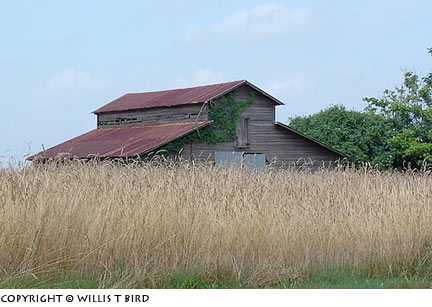 There were two main items I needed in my first digital camera. I needed one that cost around two hundred dollars, and I needed one that would give me the approximate telephoto capabilities of the Nikon I have with a 77mm-300mm zoom lens. Beyond those basic needs, I didn’t know one digital camera from another.
There were two main items I needed in my first digital camera. I needed one that cost around two hundred dollars, and I needed one that would give me the approximate telephoto capabilities of the Nikon I have with a 77mm-300mm zoom lens. Beyond those basic needs, I didn’t know one digital camera from another.
During my search, I found I would need one that was a point-and-shoot with a zoom of about 8 X to 10 X. Additional study revealed that I should forget about the digital zoom part and concentrate on the optical zoom. (The digital zoom takes your best photo from the lens and digitally magnifies it, thus reducing the resolution. You can do the same thing later using imaging software, if you want.) To get the best image at the highest zoom level, you must be concerned only with the optical zoom. For instance, the camera I bought was touted to have “40X” zoom. In reality, it is a 10 (optical) x 4 (digital), giving a total of 40. Only ten of that is really useful to me, although the rest is there. You had better have a tripod with an elephant sitting on it, if you use the total forty! A gnat’s breath will give you a fuzzy photo at that range.
While looking at new cameras, I couldn’t find anything within my price range that followed my guidelines. The dilemma threatened to keep me out of the digital market–until I thought about looking on eBay. I tried bidding on a few cameras but lost out at the last second (not an unusual occurrence on eBay). Digital cameras are hot right now, and everybody wants a deal. Further research on eBay revealed a “Buy It Now” section where dealers can offer their product for a set price, and you can purchase if you’re willing to pay without bidding. (You must always be careful to check on shipping and handling costs whenever you’re dealing on that site, as some dealers seem to be making all their money on that end of the deal.) I found a reconditioned Toshiba M500 camera for below $200.00, and it was a 10X. It came with the cables, manual, and software.
 When the camera arrived, I discovered that it was smaller than I had expected. It has a large 2.5” viewing screen on the back, but I find I use the regular viewer all the time. It’s easier to see through in bright sun. The regular viewer has a diopter adjustment, which is nice since I wear glasses. It allows me to see the subject clearly without my glasses.
When the camera arrived, I discovered that it was smaller than I had expected. It has a large 2.5” viewing screen on the back, but I find I use the regular viewer all the time. It’s easier to see through in bright sun. The regular viewer has a diopter adjustment, which is nice since I wear glasses. It allows me to see the subject clearly without my glasses.
The next thing I noticed was how fragile the little camera appeared to be in comparison with big, bulky, 35mm cameras. I was going to have to treat this camera with kid gloves. In fact, a friend of mine was e-mailing me photos he had taken with his new digital camera. The price of his camera was only slightly higher than what I had paid for mine, and he had similar specifications, although his was of a different make. The photos looked excellent considering the money he had paid. However, within a couple weeks he had a horror story to tell. He placed his prized camera in a laundry basket to take it into the house from his car, forgot to turn the power off, and the zoom somehow activated. It caused the lens to extend and push against something, bending it. My friend attempted to move the zoom carefully back into place, and it came off completely. The company refused to replace it. They did offer to fix it—for a cost that was nearly what my friend had paid for the new camera. He opted to buy a different brand. When he received his new camera, we concluded that all these little cameras are fragile and must be handled with extreme care. Do not leave them in hot cars, either. Remember the trick of placing a camera in a Styrofoam cooler to keep the heat away.
You must hold little point-and-shoot digital cameras steady and read the manual carefully. They can produce some very good pictures you can distribute on the Internet or e-mail. Mine is only a 2 mega-pixel (MP), so large prints are not possible. However, in the future I plan to attempt a few tricks to see if I can coax a photo as large as 11”x14” out of it. I’ll let you know the results. (The greater the MP rating of the camera, the larger the print you can create that will be acceptable. It usually takes at least a 4 MP camera to produce a nice 11”x14” print. We shall see. )
There is definitely a learning curve to be climbed with digital cameras, but it’s going to be worth the effort. I believe that digital photography is the future of the art. However, color film did not wipe out black-and-white photography entirely. In many places, black-and-white is still preferred. So don’t throw your film cameras on the trash heap just yet.
All photos included here were taken with my little digital camera.
by Willis T. Bird

Leave a Reply